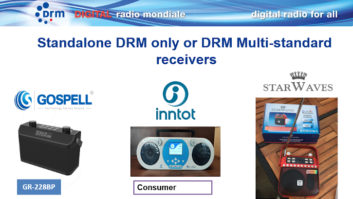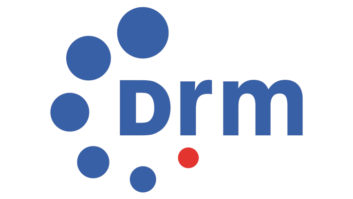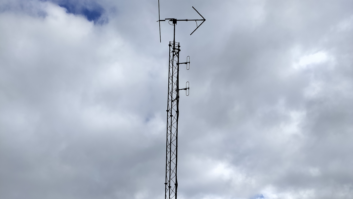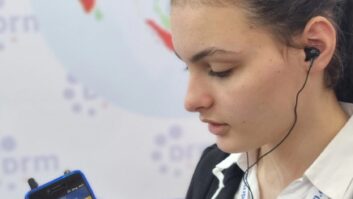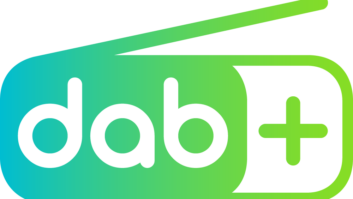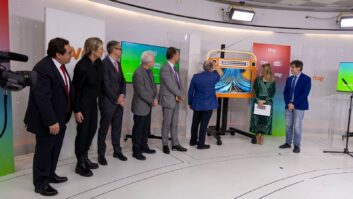ERLANGEN, Germany� Following a successful General Assembly, the Digital Radio Mondiale Consortium and the German DRM Platform held a European workshop, hosted by Fraunhofer IIS in Erlangen, Germany, on April 6-7.
It was the first such event aimed at offering solutions to all broadcasters, large or small. During their presentations and discussions participants stressed that DRM is the ITU-endorsed and internationally adopted standard for the distribution of programs internationally, nationally and locally. DRM can also provide an economic and complementary solution to exactly those coverage scenarios for which the established DAB/DAB+ networks in Band-III were never designed.
Following their deliberations the participants urgedall stakeholders of Digital Radio in Europe � including European organizations, regulators, broadcasters and the receiver and automotive industry � to embrace publicly the duality and complementarity of the open DRM and DAB standards as the complete Digital Radio solution for Europe (and worldwide). This means a digital future for all broadcasters, offering more program choices to listeners, extra multimedia services with text and images, increased energy savings, and spectrum efficiency. The participants ask �all European stakeholders to promote actively the manufacturing and distribution of multi-standard Digital Radio receivers, comprising at least the DRM and DAB standards.�
An early session, held in conjunction with the open part of the DRM General Assembly, took a brief look at the status of DRM adoption around the world, including the DRM roll-out in India.� It�s the largest digital radio market in the world, where over 600 million people are being reached by DRM broadcasts.
On April 7, benefits and opportunities of DRM were shown with practical applications. Ampegon (Matthias Stoll) showed how easy and cost-effective the transition from analog AM to DRM can be. Marc Holthof of the German Navy gave an example of how to use DRM over shortwave for maritime broadcasting of information and entertainment to ship crews at sea. Csaba Szombathy, Technical University of Budapest, demonstrated his original monitoring program of DRM transmissions.
Regarding VHF applications of DRM: RFmondial (Jens Schroeder), demonstrated how to provide DRM services in the crowded FM band compatible with all the existing FM stations. Joachim Lehnert, German DRM Platform Chairman, showed that DRM is a suitable system for local/regional coverage in VHF Band III, fully compatible with DAB/DAB+ and DVB-T networks. RFmondial (Detlef Pagel) also referred to the use of DRM in VHF Band III and stressed that DRM+ is the most suitable digital system for the local and regional single-station broadcasters, as a complement to multiplexes, while sharing all the listener-related features with the DAB+ standard. Finally, Manfred K�hn, Mobile Broadcast Consult, demonstrated the flexible transmission of multiple DRM channels in a single DAB frequency block in VHF Band III.
This session was followed by a status report on the development of digital multi-standard radios, presented by Robert Bosch Car Multimedia, NXP, Fraunhofer IIS, PnP Networks and Panasonic. All the speakers finally emphasized the market and framework requirements for the production of multi-standard radios for Europe.





